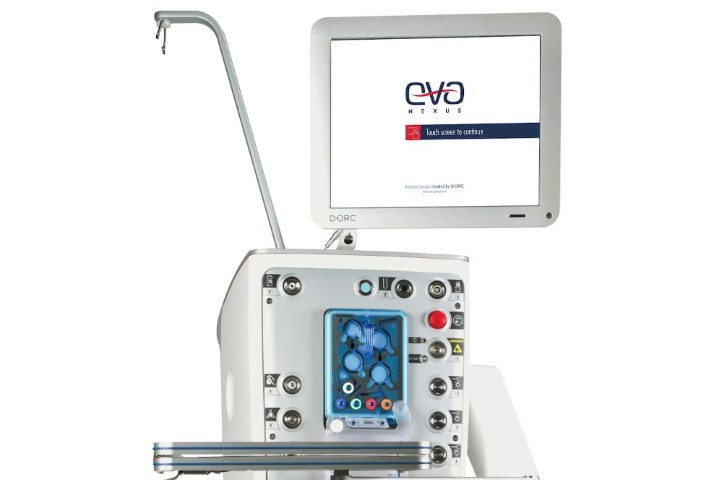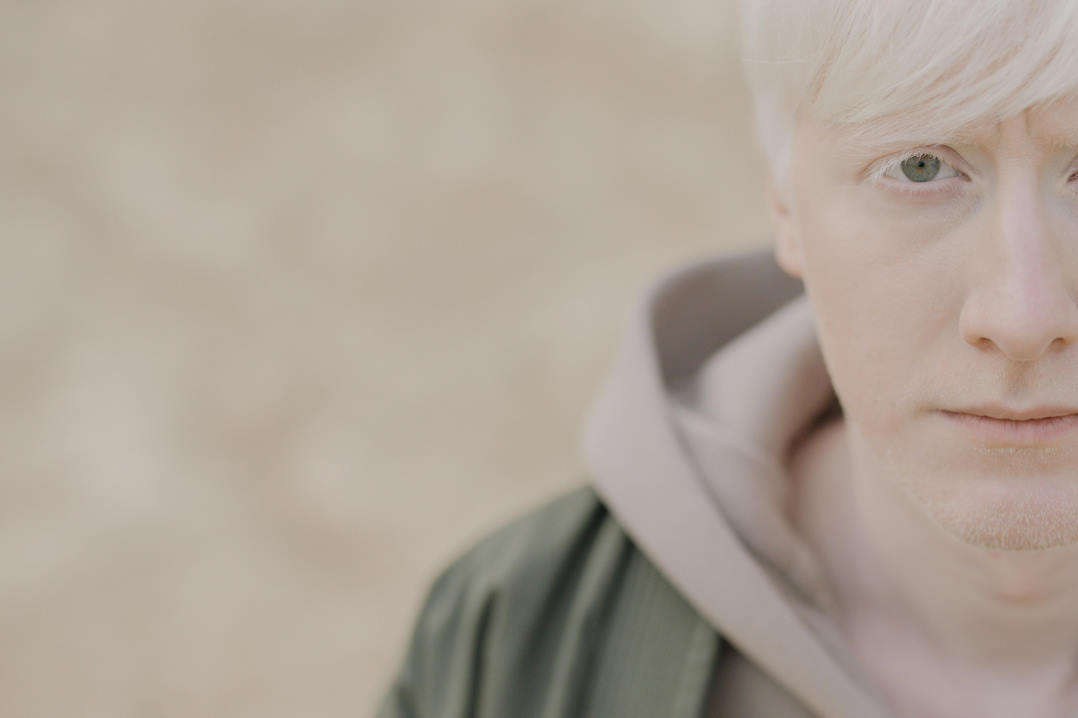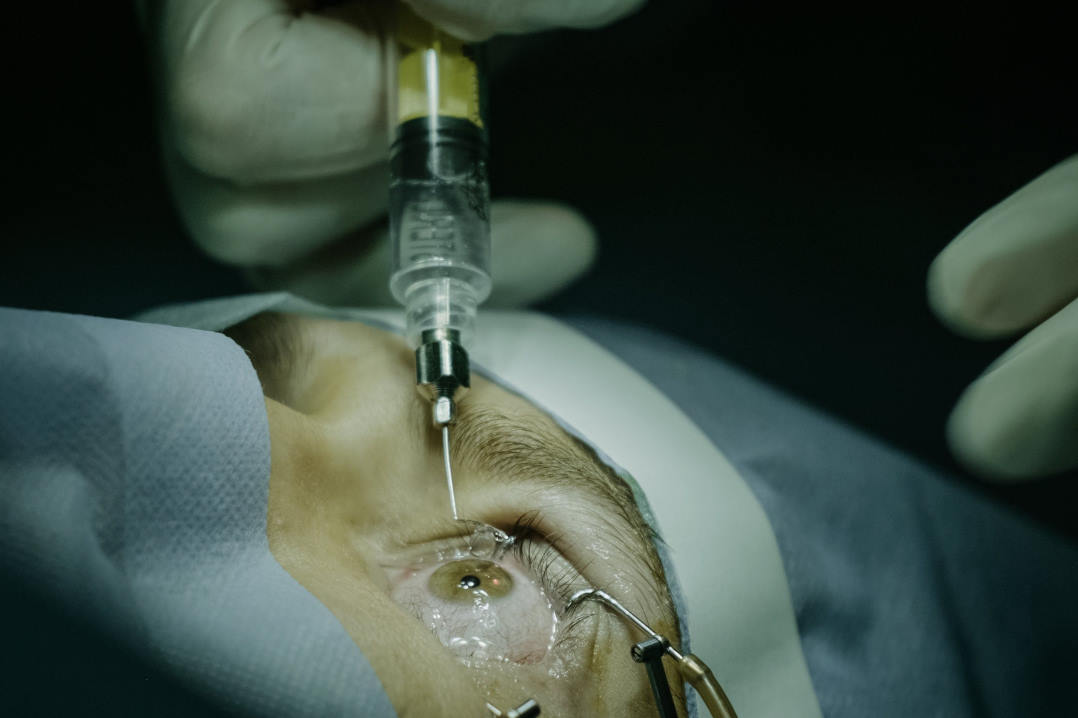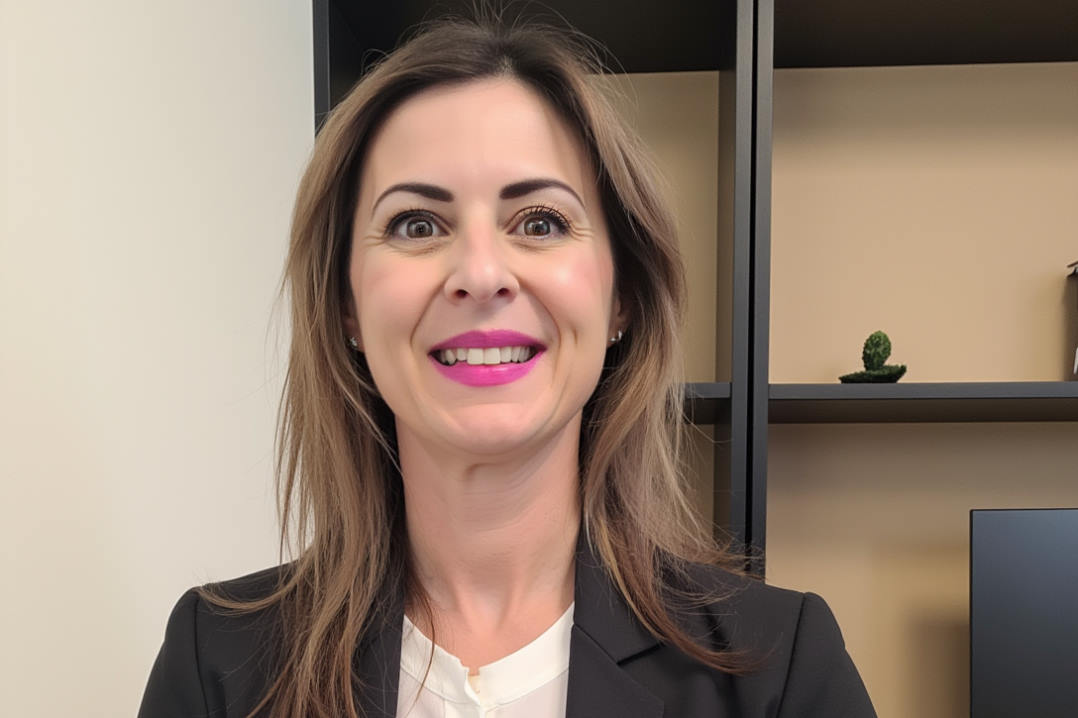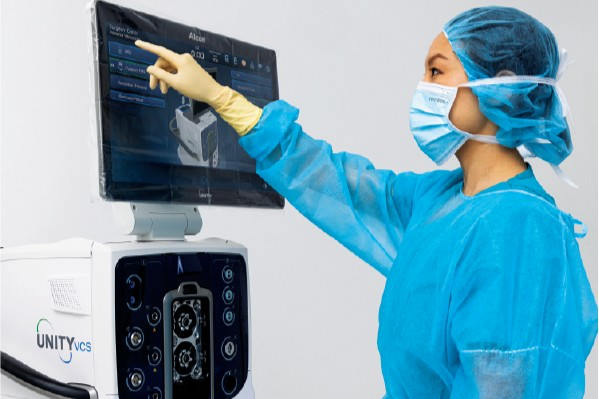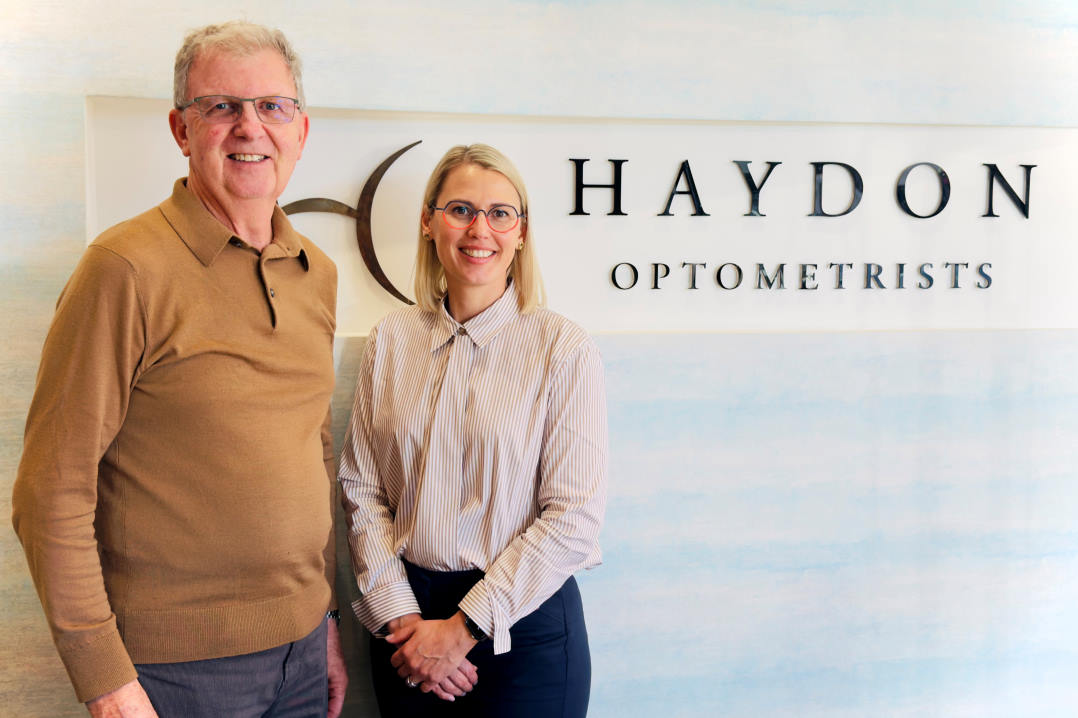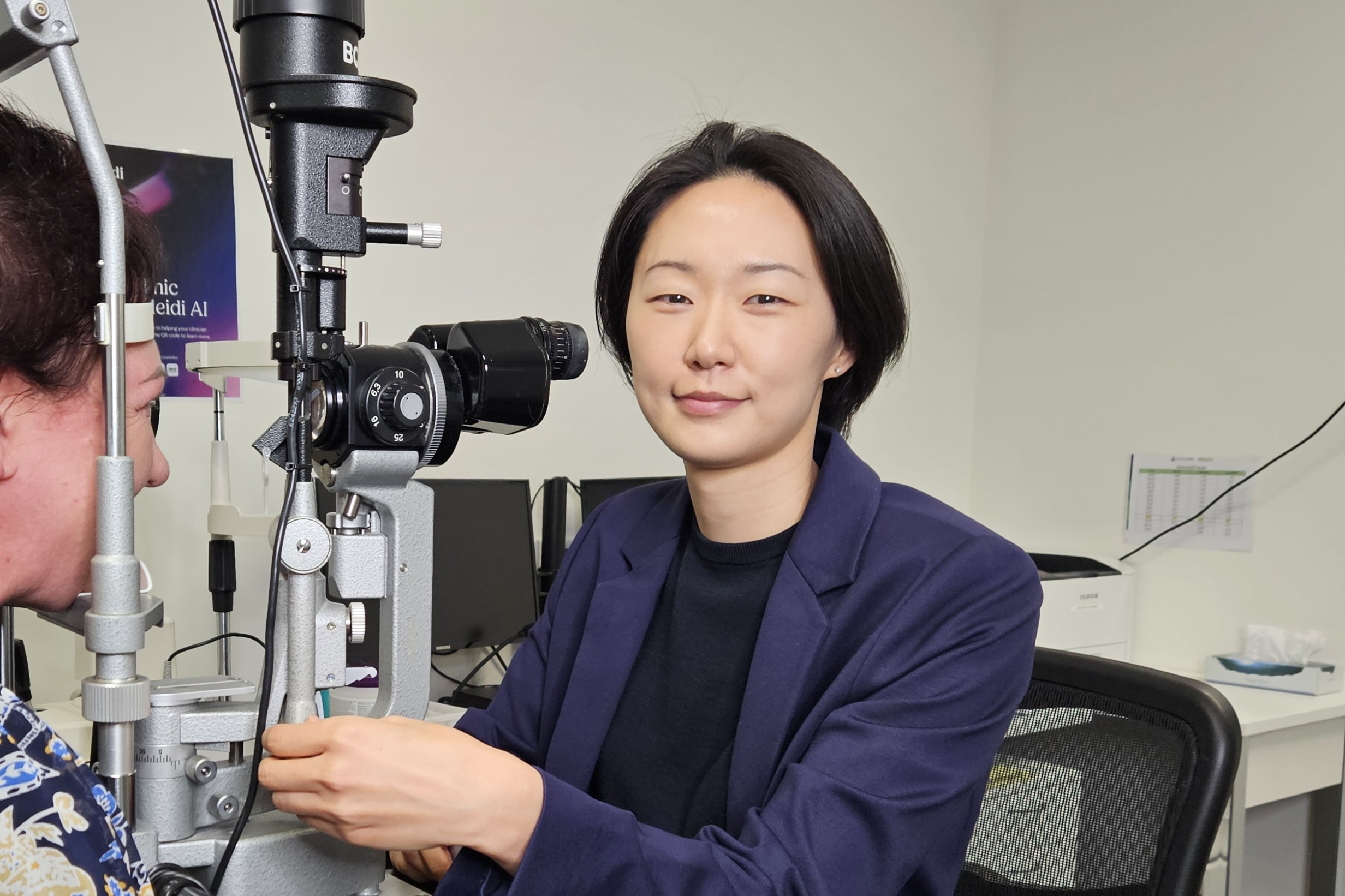Biosensor CL unveiled
The Terasaki Institute in Los Angeles has pioneered a prototype contact lens with microchannels to improve tear flow and evaluate biomarkers in tears.
Tear biomarkers include sodium ions, which indicate dry eye disease, glucose levels for diabetes and pH, for cell viability, drug effectiveness and disease signs. But collecting tears in real time has been a challenge. Terasaki’s new CL prototype, however, contains microchannels which guide tear flow into tiny reservoirs for collection and monitoring. After extensive testing, researchers also noted that when the hydrogel was mildly dehydrated, liquid flow in the channels would stop, but would resume when additional rhythmic pressure was applied, providing support for the idea that blinking would also encourage tear flow.
"In addition to our successful fabrication of microchannels in commercial contact lens hydrogels, we also found that eye-blinking pressure may facilitate tear exchange in the lens through these microchannels, said Terasaki researcher Associate Professor Shiming Zhang from the Department of Electrical and Electronic Engineering at Hong Kong University. "This is an exciting finding because it opens the possibility for the lenses to be a means of preventing dry eye disease, a condition commonly found in contact lens wearers.”











